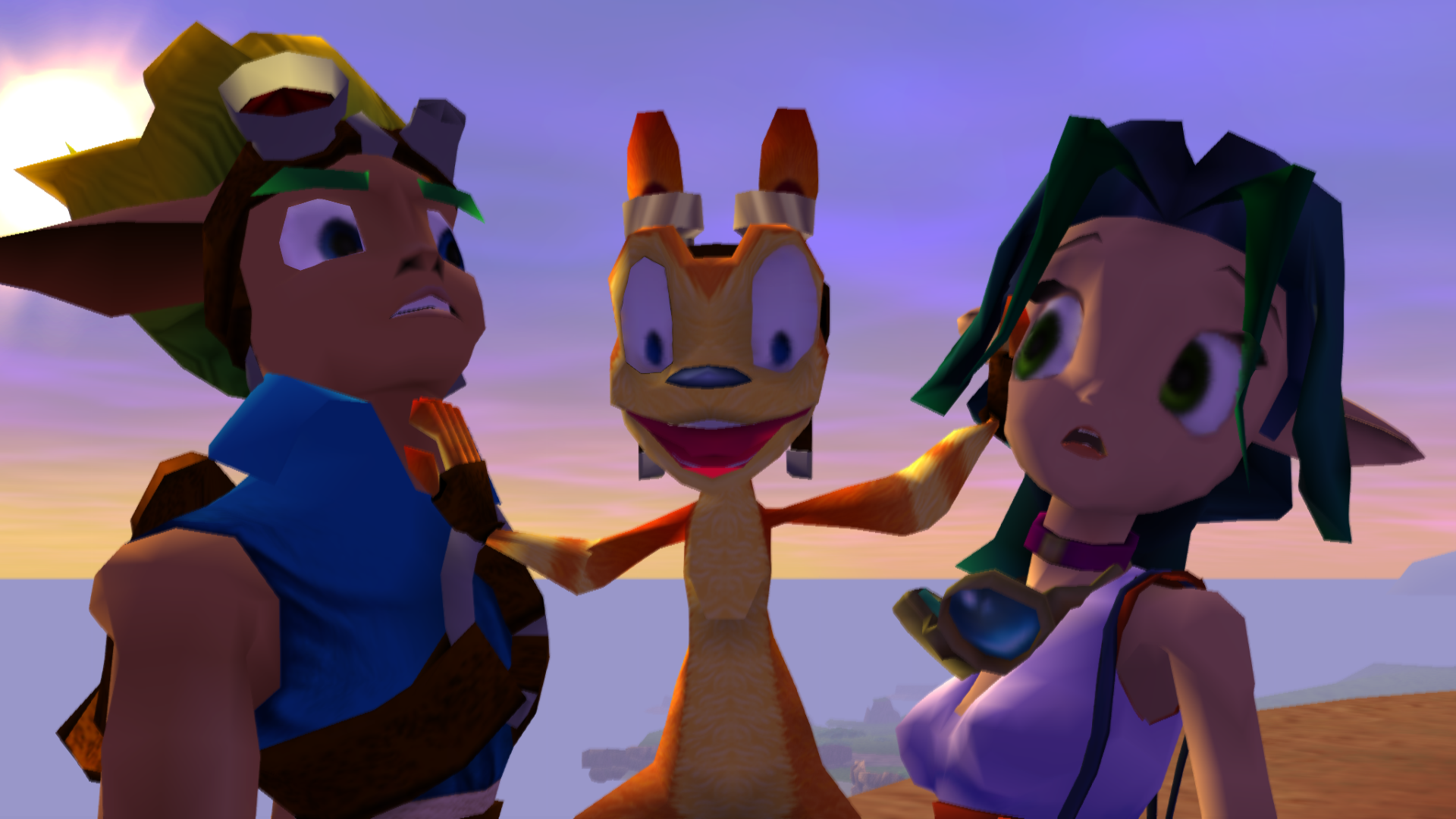Share
Way Back When
Though open world games are an prolific genre all their own now, such a concept seemed a bit much for many developers in the earlier years of video games. Sure, there had been a few games that messed around with the idea, starting with SEGA’s 1970 arcade release Jet Rocket and culminating in major success with T&E Soft’s computer title Hydlide in 1984, but these entries didn’t hold a candle to what Nintendo cooked up for the first open world console game to ever hit the market. Indeed, when the company unleashed its 1986 megahit The Legend of Zelda for the NES, it not only gave birth to one of gaming’s most cherished franchises – it changed the entire landscape of gaming forever.
Later games in the long and winding history of the Zelda franchise would go on to flesh out its world and lore to become something much deeper and heartfelt for fans, but the first adventure of series protagonist Link was a simple story – venture forth to collect fragments of the Triforce of Wisdom so that you can tackle the evil Ganon and rescue Princess Zelda. Notably, though, it was this relative lack of exposition that helped The Legend of Zelda gain such popularity at that time, as it was more interested in providing a meaningful level of freedom and exploration that many gamers had previously considered unfathomable. As a matter of fact, the game didn’t hold players’ hands whatsoever, dropping them in the land of Hyrule with little more than a vague idea of their objective, and in doing so, created one of the most memorable experiences ever for players eager to explore every nook and cranny of this mystical new world.
The Legend of Zelda featured many of the staples we’ve now come to expect from the franchise, too, showing that Nintendo has remained distinctly dedicated to keeping the games consistent throughout the years. Whether players were discovering heart containers, collecting Rupees, finding the land of Hyrule’s extraordinary amount of hidden secrets, or fighting through dungeons filled to the brim with difficult enemies, they were likely unaware at the time that they’d be enjoying those very same features for the following three decades. Link’s first outing even included many of the items and mechanics we’re still so fond of nowadays, such as his trusty boomerang, bow and arrows, and bombs.
The Legend of Zelda was a resounding success for Nintendo, of course, going on to sell over 6.5 million copies and earning itself critical praise, with many gamers still considering it among the greatest games of all time even today. The franchise has since grown to include nearly 20 main games and a variety of spin-offs, and both lovable elf-boy Link and the series as a whole have remained pop culture phenomena throughout their lifespans. So as much as Zelda games have undeniably expanded over the years to become deeper and more impressive than we once thought possible, there’s no denying that we all owe a debt of gratitude to The Legend of Zelda for popularizing not only a beloved collection of games but the open world genre as a whole.
Where You Can Play It Now
Nintendo has done an excellent job of keeping The Legend of Zelda available across all but a few of their consoles and handhelds throughout the years, and it’s readily available on all of their modern platforms. It’s definitely neat to experience it via the NES Classic Edition Console, but those aren’t exactly easy to round up now.
Here’s the modern platforms on which you can access The Legend of Zelda:
- Wii U (Virtual Console)
- 3DS (Virtual Console)
- Nintendo Switch (via Nintendo Switch Online membership)
- NES Classic Edition Console (pre-installed)
There’s a huge collection of other Zelda titles available across a variety of modern hardware, too, so don’t forget to dive into those when you wrap up the original classic. With so many quests in Hyrule and beyond, you won’t want to miss on everything offered throughout one of Nintendo’s greatest franchises.



